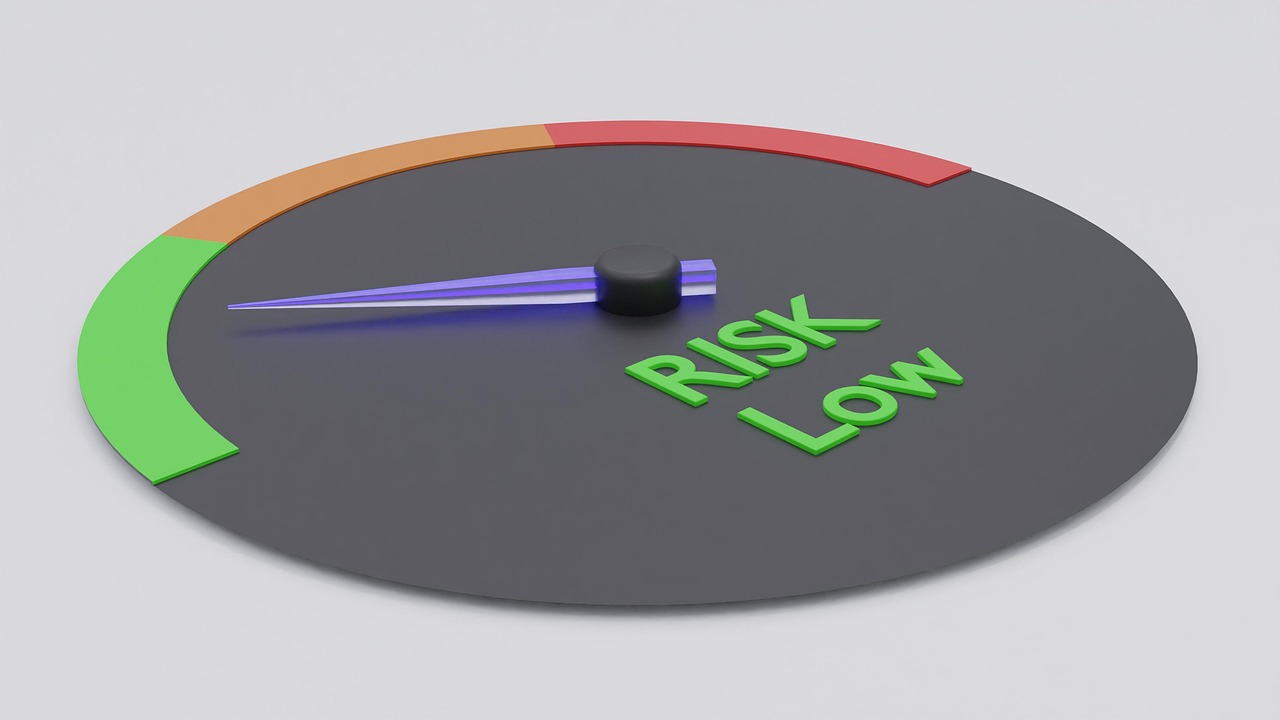Assessing Organizational Impact of Regulatory Reform
Regulatory reform reshapes how organizations operate, affecting internal systems, external relationships, and strategic priorities. Assessing impact requires structured analysis of compliance obligations, governance adjustments, and stakeholder responses. This article outlines practical frameworks for identifying risks, mapping policy changes to business processes, and designing monitoring and implementation approaches that support sustained transparency and oversight across departments.

Regulatory reform often arrives as a combination of new legislation, amended regulation, or clarified policy guidance. Organizations facing these shifts need to move beyond checklist compliance to a holistic assessment that links legal requirements with operational realities, governance structures, and stakeholder expectations. Effective impact assessment connects legal review to risk analysis, implementation planning, and ongoing monitoring to ensure transparency and durable oversight across the organization.
How does compliance shape organizational response?
Compliance is the immediate driver of many reform responses, but its influence goes deeper than meeting deadlines. A compliance-led assessment starts with identifying specific statutory obligations and their timelines, then translates those requirements into internal controls, reporting flows, and staff responsibilities. This process should include cross-functional input from legal, operations, finance, and IT to ensure that controls are both practical and enforceable. Clear documentation of decisions and control rationales supports future audits and demonstrates transparency to regulators and stakeholders.
What role does legislation and regulation play in operations?
Legislation and regulation define the scope of obligations and penalties, but their operational impact depends on interpretation and implementation choices. Legal teams must map legislative text to affected processes, data flows, and vendor relationships. That mapping reveals where policy changes intersect with procurement, product design, or service delivery. Organizations should assess whether existing procedures require redesign, whether technology updates are needed to capture new data points, and whether contractual relationships with third parties need renegotiation to allocate risk fairly.
How can governance and oversight manage emerging risk?
Governance frameworks should be recalibrated to address new risks introduced by reform. Oversight bodies—such as boards, risk committees, or compliance councils—need timely, actionable information to fulfill fiduciary duties. This often means creating or enhancing dashboards, defining key performance indicators tied to regulatory metrics, and establishing escalation paths for breaches or near-misses. Embedding oversight into routine governance cycles ensures that risk management is not episodic but integrated into strategic decision-making and resource allocation.
How to engage stakeholders for advocacy and transparency?
Stakeholders include regulators, customers, investors, employees, and civil society; their perspectives shape both the perception and success of implementation. Active engagement—through transparent reporting, targeted consultations, and consistent messaging—helps manage expectations and may influence practical aspects of reform. Advocacy efforts should be evidence-based and aligned with governance policies: provide regulators with operational insights, solicit customer feedback where relevant, and communicate the organization’s monitoring approach so external parties can see commitments to accountability and transparency.
What are practical steps for implementation and monitoring?
A staged implementation plan helps translate reform into operational change. Begin with a gap analysis that compares current processes against new requirements, then prioritize remediation by risk and feasibility. Assign clear ownership for each task and set measurable milestones. Monitoring should combine automated checks (where possible) with periodic manual reviews to detect systemic issues. Document lessons learned and update policy manuals and training programs to embed new practices. Regular internal reporting keeps leadership informed and supports consistent oversight.
How to evaluate long-term impact and maintain policy alignment?
Evaluating impact requires both quantitative and qualitative measures: compliance metrics, incident frequency, cost of implementation, and stakeholder sentiment. Periodic reviews should reassess risk profiles and the effectiveness of controls, adjusting governance mechanisms and resource allocation as needed. Maintaining alignment with evolving policy means staying engaged with regulatory developments and ensuring that advocacy, implementation, and monitoring are iterative rather than one-off efforts. This approach builds organizational resilience and helps integrate transparency and oversight into the culture.
In conclusion, assessing the organizational impact of regulatory reform is a multi-step process that links compliance, legislation, and governance to practical implementation and ongoing monitoring. By mapping reform to operational processes, strengthening oversight, engaging stakeholders transparently, and measuring outcomes, organizations can manage risk and sustain policy alignment over time.




